
Energy and Water
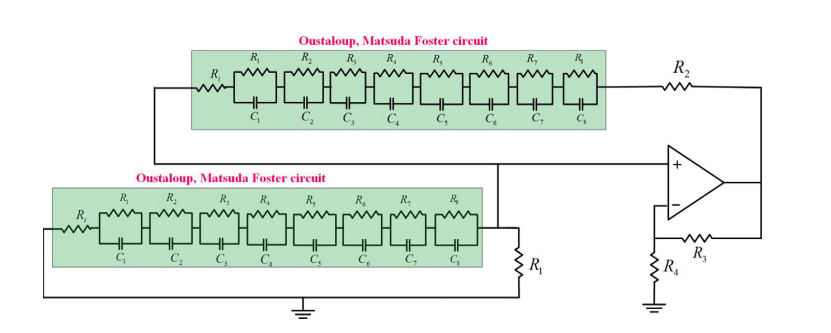
On the Approximation of Fractional-Order Circuit Design
Despite the complex nature of fractional calculus, it is still fairly possible to reduce this complexity by using integer-order approximation. Each integer-order approximation has its own trade-offs from the complexity, sensitivity, and accuracy points of view. In this chapter, two different fractional-order electronic circuits are studied: the Wien oscillator and the CCII-based KHN filter with two different fractional elements of orders α and β. The investigation is concerned with changes in the response of these two circuits under two approximations: Oustaloup and Matsuda. A detailed review

DISH: Digital image steganography using stochastic-computing with high-capacity
Stochastic computing is a relatively new approach to computing that has gained interest in recent years due to its potential for low-power and high-noise environments. It is a method of computing that uses probability to represent and manipulate data, therefore it has applications in areas such as signal processing, machine learning, and cryptography. Stochastic steganography involves hiding a message within a cover image using a statistical model. Unlike traditional steganography techniques that use deterministic algorithms to embed the message, stochastic steganography uses a probabilistic
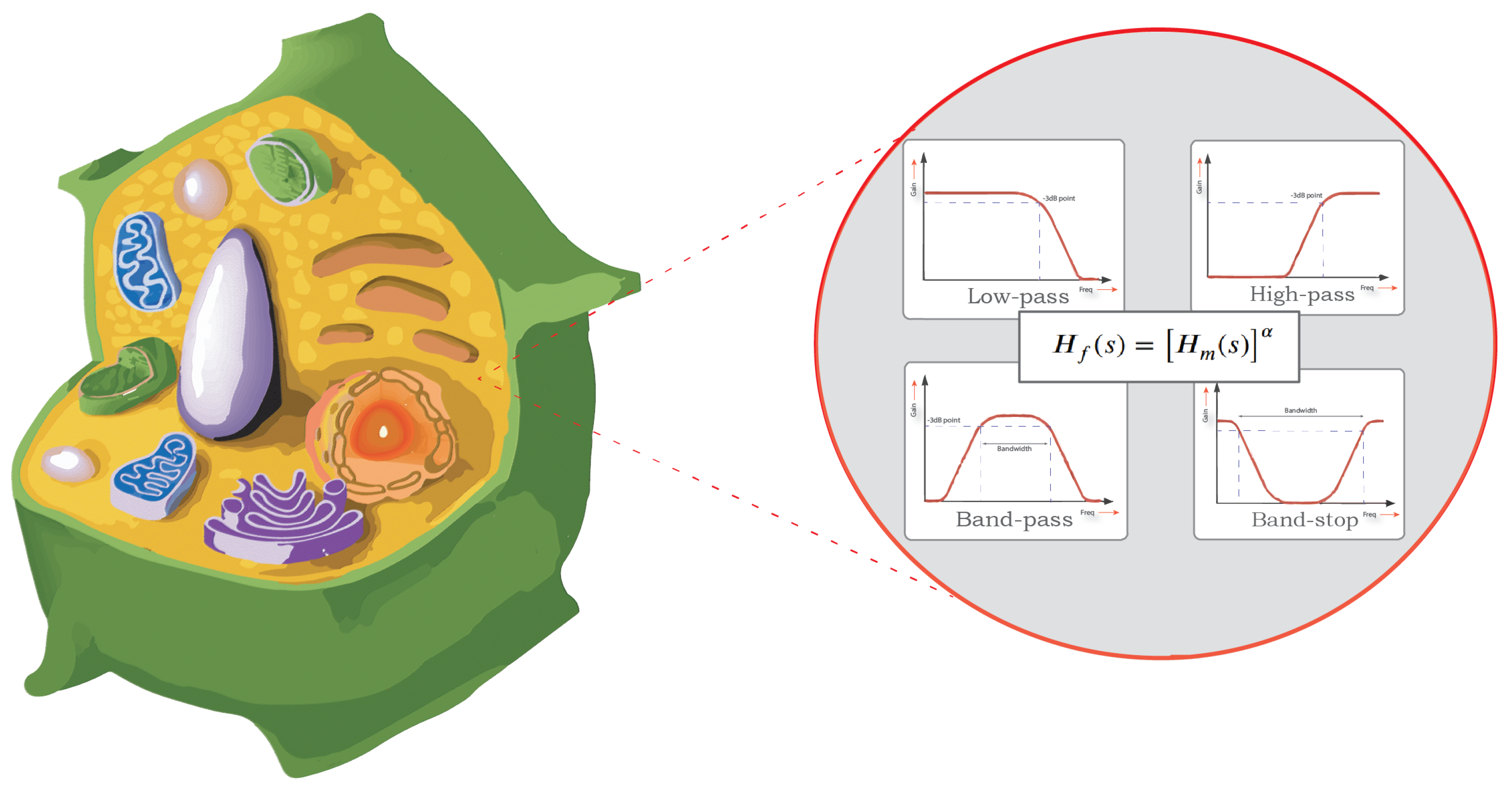
Plant Tissue Modelling Using Power-Law Filters
Impedance spectroscopy has became an essential non-invasive tool for quality assessment measurements of the biochemical and biophysical changes in plant tissues. The electrical behaviour of biological tissues can be captured by fitting its bio-impedance data to a suitable circuit model. This paper investigates the use of power-law filters in circuit modelling of bio-impedance. The proposed models are fitted to experimental data obtained from eight different fruit types using a meta-heuristic optimization method (the Water Cycle Algorithm (WCA)). Impedance measurements are obtained using a
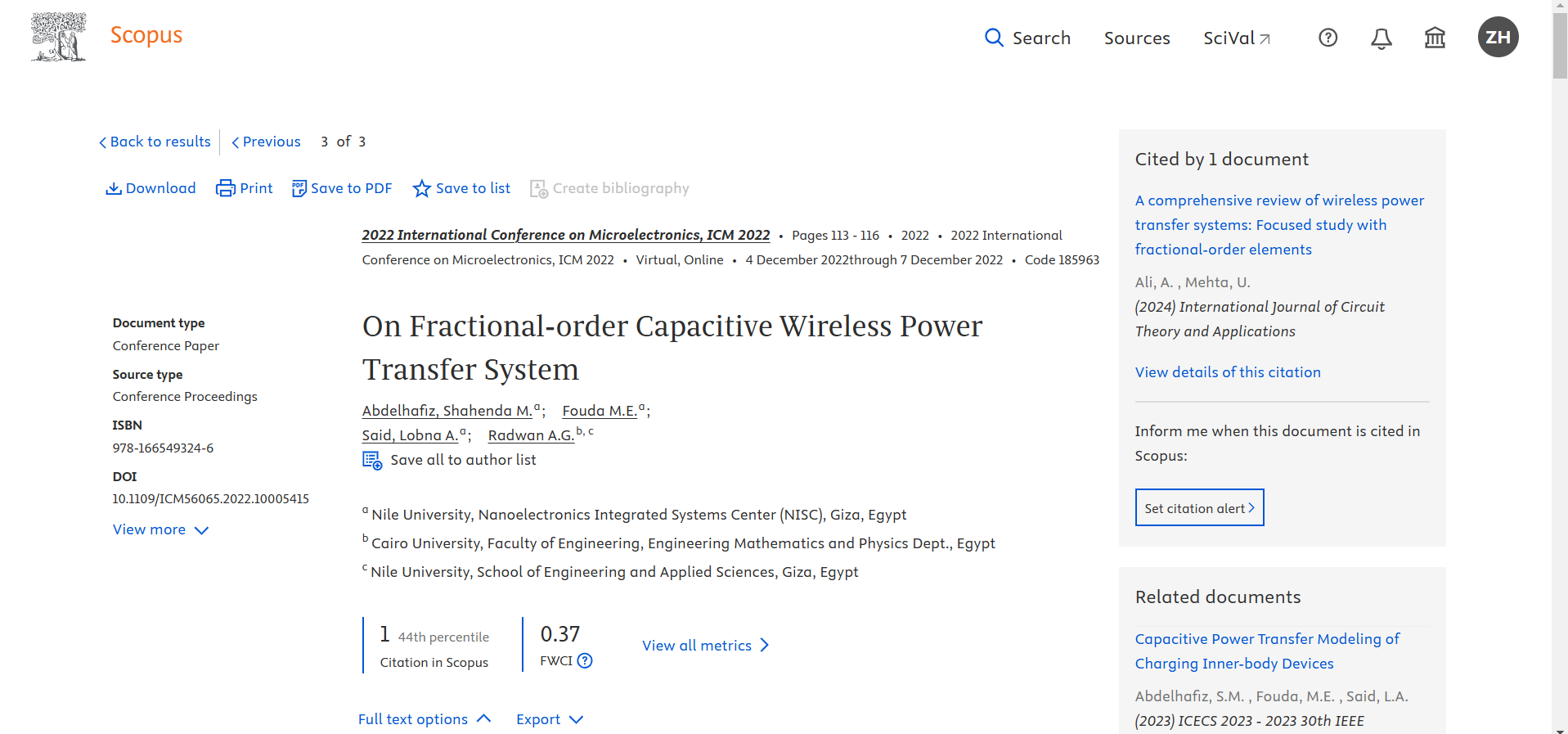
On Fractional-order Capacitive Wireless Power Transfer System
Wireless power transfer is becoming an increasingly viable solution for the electrical powering of various electronic gadgets. However, precise outputs are not guaranteed with integer systems, so fractional-order capacitors are vital. This paper studies a four-plate fractional capacitive power transfer system by varying six orders of capacitors between the plates along with the load resistance. A mathematical model based on a 4× 4 mutual fractional capacitance matrix is established for equidistantly placed four identical metal plates. Moreover, the chosen circuit topology is identified and
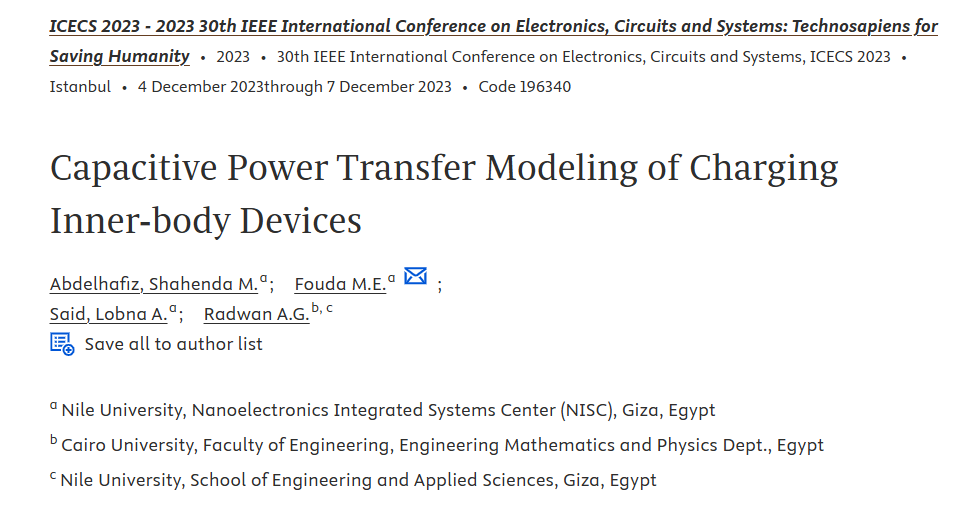
Capacitive Power Transfer Modeling of Charging Inner-body Devices
Wireless power transfer (WPT) is highly desirable for applications with battery restrictions, such as biomedical applications. For example, in the case of implantable devices, power is transmitted through the human body, which has dielectric characteristics that must be considered during the design of the WPT system. This paper examines capacitive power transfer through the human body and formulates the complete WPT system, including the human body model. The power delivered to the implantable device is also analyzed. Finally, the system efficiency is discussed under different body and load
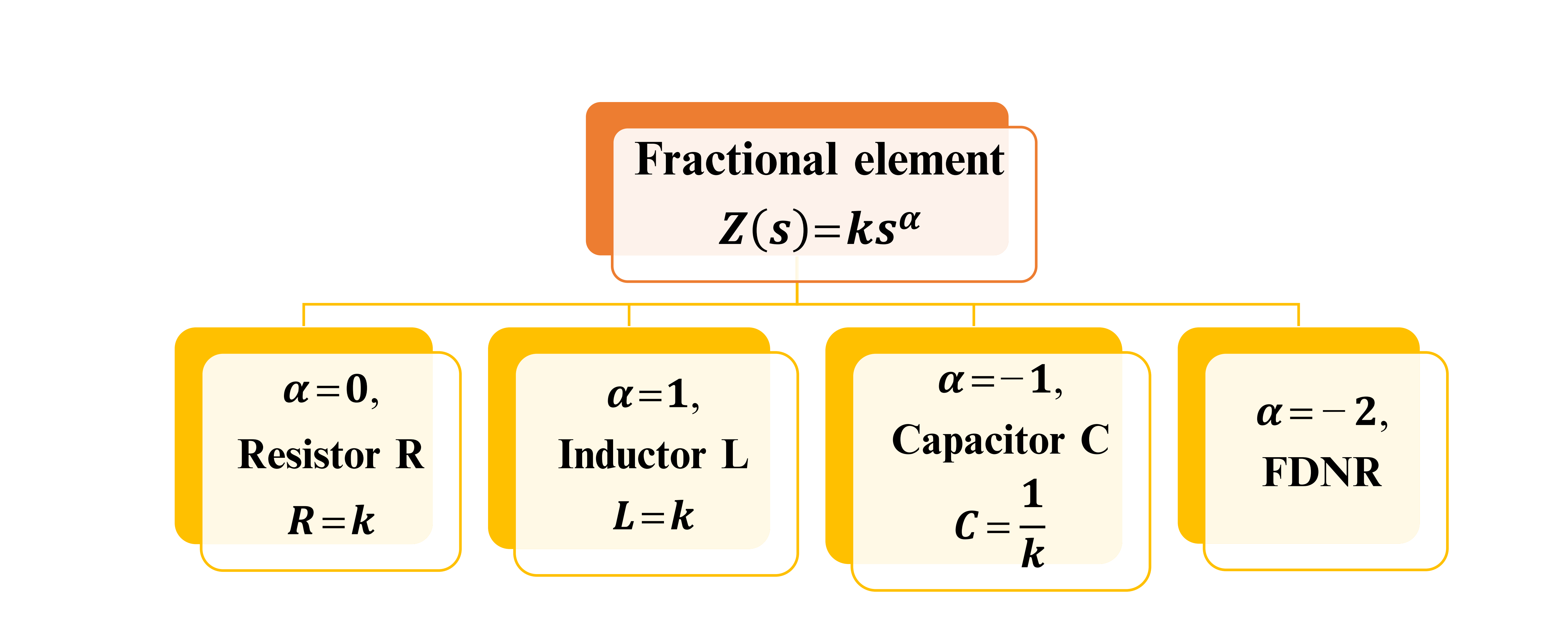
Fractional-Order Filter Design
One of the advantages of fractional order is the extra degree of freedom added by the fractional-order parameters, which enrich the analysis with more details in new dimensions. This chapter introduces factional-order conventional filters of orders α, 2α, and 3α. The general transfer functions of continuous-time filters (low-pass, high-pass, and band-pass filters) to the noninteger-order (fractional-order) domain are investigated. Also, mathematical expressions for the maximum and minimum frequencies, the half power frequencies, and the right-phase frequencies are derived. In addition, the
On the fractional order generalized discrete maps
Chaos theory describes the dynamical systems which exhibit unpredictable, yet deterministic, behavior. Chaotic systems have a remarkable importance in both modeling and information processing in many fields. Fractional calculus has also become a powerful tool in describing the dynamics of complex systems such as fractional order (FO) chaotic systems. The FO parameter adds extra degrees of freedom which increases the design flexibility and adds more control on the design. The extra parameters increase the chaotic range. This chapter provides a review of several generalized discrete time one
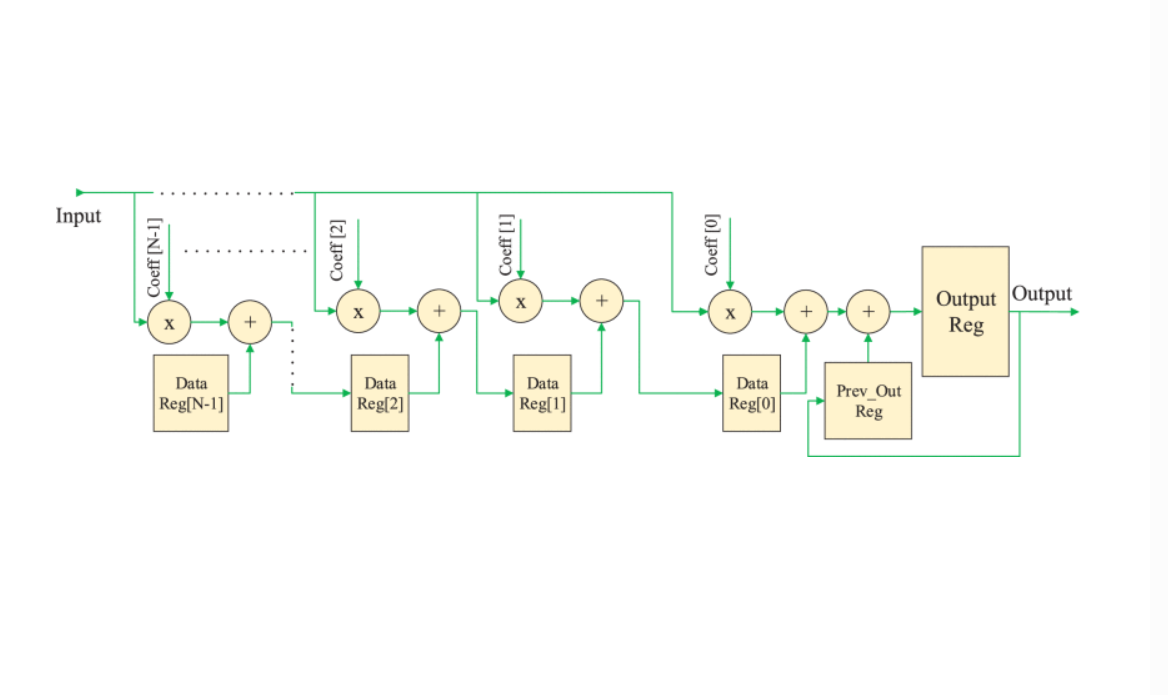
Hardware Accelerator of Fractional-Order Operator Based on Phase Optimized Filters With Applications
Hardware accelerators outperform CPUs in terms of performance by parallelizing the algorithm architecture and using the device’s programmable resources. FPGA is a type of hardware accelerator that excels not only in performance but also in energy efficiency. So, it provides a suitable platform for implementing complicated fractional-order systems. This paper proposes a novel phase-based optimization method to implement fractional operators using FIR and IIR filters. We also compare five fractional operator implementation methods on FPGA regarding resource utilization, execution time, power

Double Visual Cryptography Using Generalized Tent Map, Rotation, and Image Filtering
This paper introduces a Multi-Visual Cryptography (MVC) system for sharing two color images, where the secrets can be revealed with low computation power using all the shares. The system uses the generalized Tent map as a source of randomness to generate any number of random shares. More specifically, (n-1) random shares are generated, and then, the nth share is calculated from the random shares and the secrets using rotations of the shares. In recovery, rotation of the last share recovers the two images based on the angle of rotation. Half the number of pixels is recovered for each secret
Small Area and Low Power Hybrid CMOS-Memristor Based FIFO for NoC
Area and power consumption are the main challenges in Network on Chip (NoC). Indeed, First Input First Output (FIFO) memory is the key element in NoC. Increasing the FIFO depth, produces an increas in the performance of NoC but at the cost of area and power consumption. This paper proposes a new hybrid CMOS-Memristor based FIFO architecture that consumes low power and has a small size compared to the conventional CMOS-based FIFOs. The predicted area is approximately equal to the half of that wasted in conventional FIFOs. The implementation of FIFO controller module is implemented using HDL